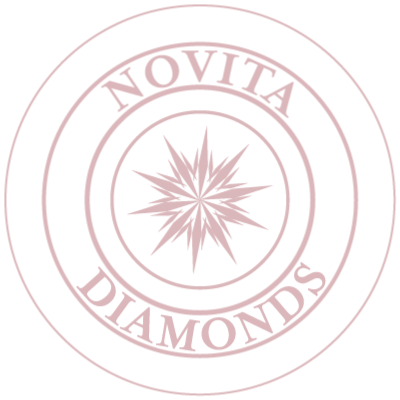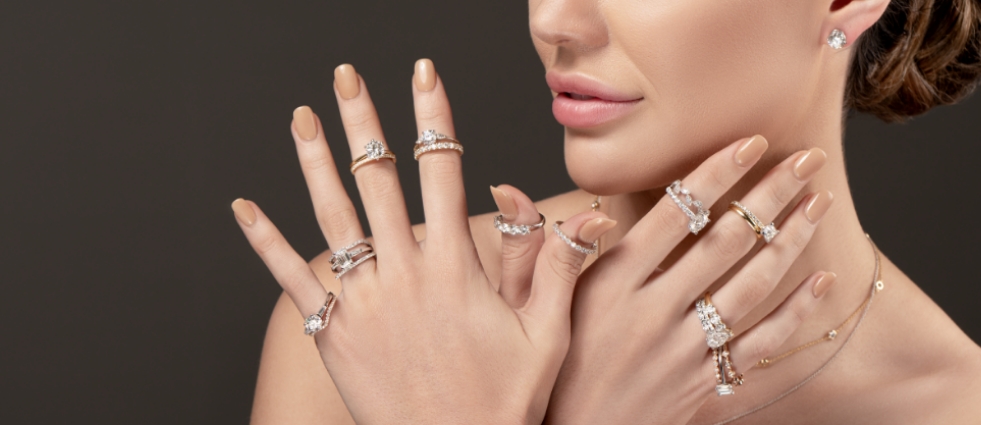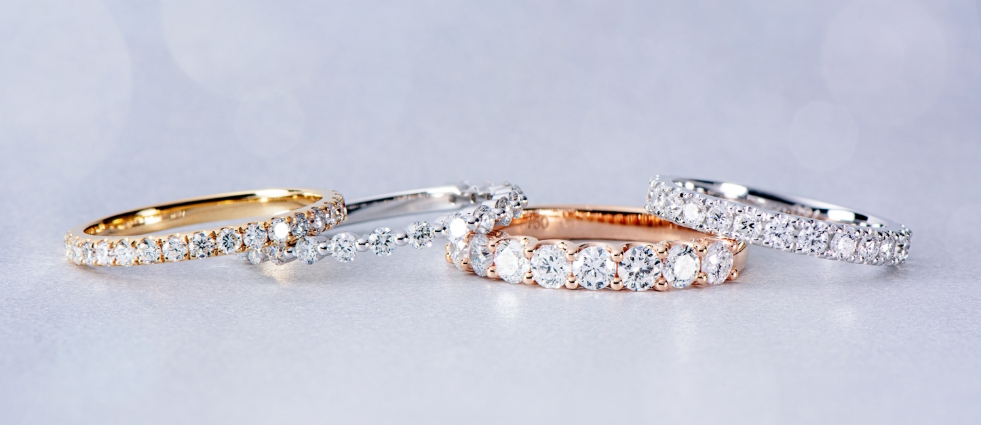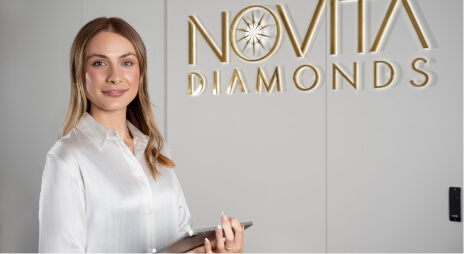IF YOU CAN’T BEAT THEM, JOIN THEM!
To the surprise of no one, this sneaky and downright dishonest tactic backfired on the coalition of GIA and De Beers spectacularly. In the face of overwhelming backlash, GIA accepted defeat; they scraped the dogy grading system in favour of applying the original for both mined and man made diamonds. The news was received positively by almost everyone, chiefly environmentalists and, of course, diamond industry players like us.
Nevertheless, many in the diamond industry think that GIA's change of stance happened too late. Their earlier shenanigans have allowed their chief competitor, IGI, to capture the lab grown diamond grading and certification market. IGI is now the leader and GIA the underdog; GIA has no choice but to work hard to climb back to their previous place as the authority when it comes to certifying diamonds
PROS AND CONS OF GIA
What does that mean for you as the customer? In short, you will have to pay a premium if you want a diamond that is certified by GIA. So why, you may ask, are you paying extra for a GIA certificate? To start with, GIA's operating costs are higher compared to IGI's, which naturally inflates their certification prices. Since GIA has fewer global offices than their chief competitor, IGI, their output is thus lower. Another more limiting factor is that most GIA labs limit certification to certain diamonds size. For instance, the GIA office in Hong Kong only certifies diamonds below 2.00CTs. 2cts and above are exclusively dealt with by GIA US. Even their grading time is unfavourable, taking around a whole month to certify diamonds, citing stricter standards, whereas IGI does it in a few days at most.
As a result, GIA certified stones command a significant premium over a comparable IGI certified diamond. Although we try to absorb most of the price difference, NOVITA DIAMONDS is sadly forced to pass down some of this added premium down to the customers.
Cons: GIA certified stones will be an estimated 10 – 15% higher in cost.
THE WINNER IS THE MARKET
A prestigious and celebrated institution like GIA going all in, undeniably proves the legitimacy of man made diamonds as being equal and superior in some key regards to mined diamonds. The end result is that almost everyone benefits, none more so than the end customer, who is now provided with a compelling alternative to mined diamonds. GIA fully embracing lab grown diamonds also conclusively debunks, permanently, all the baseless claims by those with a vested interest in mined diamonds against lab grown diamonds.
WHAT SHOULD YOU BUY - IGI VS GIA?
As a customer, we believe you should almost always go for an IGI diamond instead of a stone certified by GIA. Both IGI and GIA are trustworthy labs, both having good track records. However, the large savings afforded by choosing an IGI certified diamond outweighs any perceived quality advantage from a GIA certified diamond. More important, because of the head start IGI had over GIA, who stopped certifying lab grown diamonds in the middle, there are that many more stones being certified by IGI, giving them an advantage when it comes to variety and choice.
The ill-timed interference by De Beers on GIA has allowed IGI to become the authority when it comes to lab grown diamonds. Not only will you have a huge variety of diamonds to choose from if you go for an IGI diamond, but you will also be able to buy it significantly cheaper than a comparable GIA one. It will take a very long time for GIA to match IGI, if ever, but meanwhile, as customers, you are better off buying an IGI diamond.
True: IGI is the most popular and dominant lab in the world for lab grown diamonds.
True: GIA is the most popular and dominant lab in the world for mined diamonds.
For more related industry articles, use any of the following search terms on our blog: igi diamond report vs gia, GIA vs IGI, IGI vs GIA lab grown, igi diamonds vs gia, igi diamond report vs gia, igi vs gia lab grown, igi diamonds vs gia, igi vs gia lab grown









